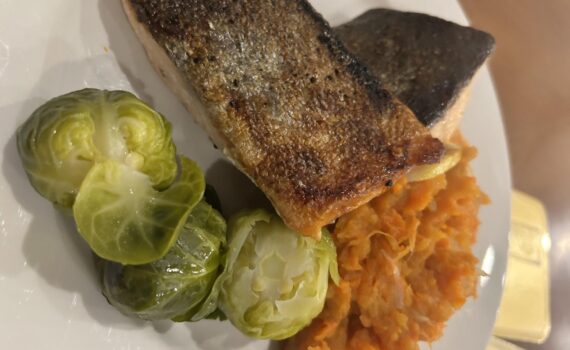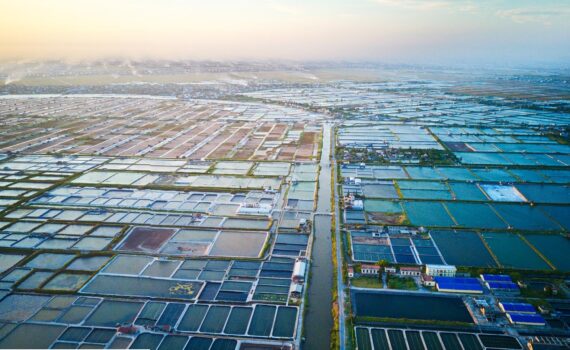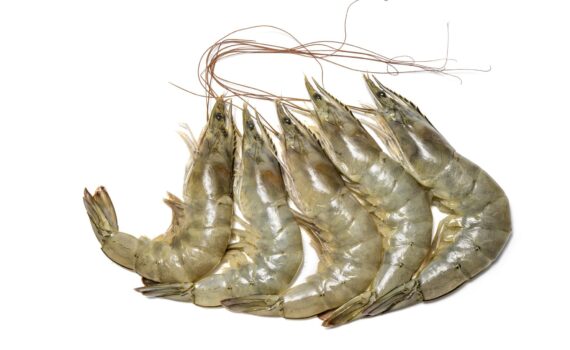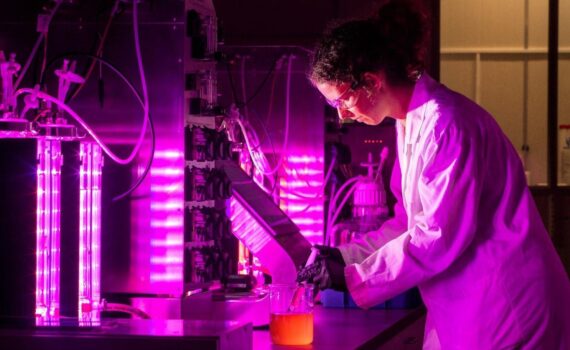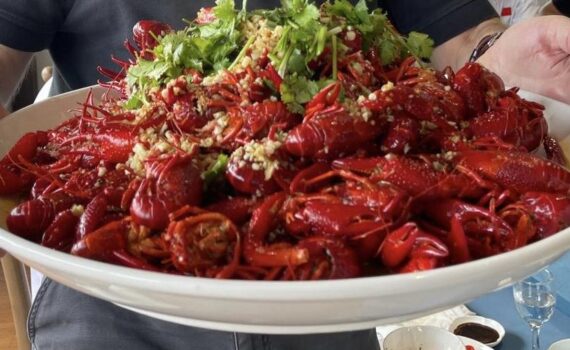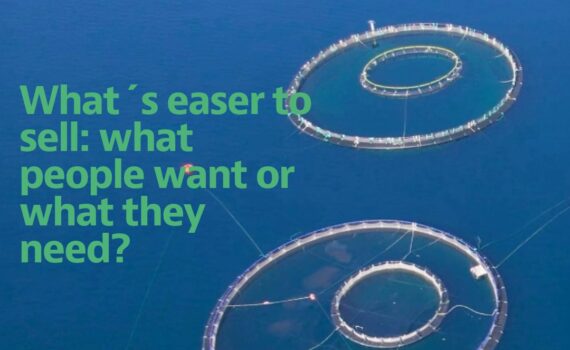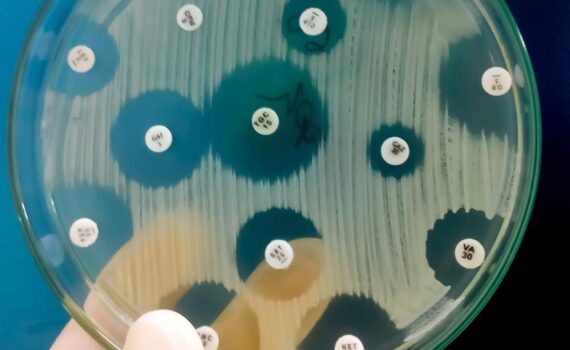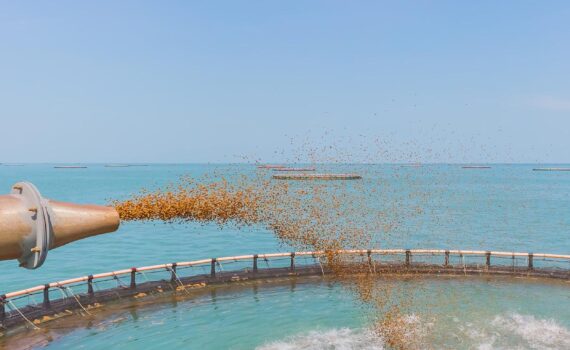* By Sarah Cornelisse An engaging and effective online presence that includes a website and/or social media has become a vital component of the marketing strategy for the vast majority of aquaculture and agricultural businesses, especially those engaged in direct marketing. However, it is equally important to regularly audit your online […]
Articles
* By FishProf For years, sustainable seafood certification has been touted as a market-based solution, a shining beacon guiding shoppers, restaurants, and retailers towards a healthier ocean. But if sustainability is the goal, why did the entire edifice of certification collapse into irrelevance the moment politics took center stage and […]
* By Stephen Newman, Ph.D. The term “probiotic” is applied to bacteria for a wide range of purposes, typically without adequate consideration of what rigorous scientific studies actually demonstrate about the specific effects and benefits of those microbes. I am of the opinion that purported mechanisms of action for this commonly […]
By Antonio Garza de Yta, Ph.D In all the years I’ve been writing this column, I had never received as much feedback as I did on the last edition. Truly, “influencers” “excelsheeters” are something aquaculture experts deal with every day. However, the comment that caught my attention most was from […]
* By Dr. Johan Svenson Millions of people suffer from the devastating effects of opioid addiction, so finding alternative ways to manage pain is a global priority. It may seem unlikely, but a toxic microalgae — a former villain, now potential hero — could help reduce our reliance on opioids […]
* By Philip Buike Pakistan shares the same climatic conditions as the Gujarat region of India (an area with a booming shrimp industry), so it has the same low land and labor costs and also could certainly benefit from a boost in hard currency generating exports, shrimp farming would appear […]
* By Seafood Consumers Association The necessity for seafood-focused education tailored for women and children arises from the intricacies of nutritional needs, consumption habits, and health risks associated with seafood intake. Women, particularly during pregnancy and lactation, as well as young children, are vulnerable whose diets should be emphasized to ensure […]
Wants vs. Needs: Where the Opportunity Lies In sales, the question is often asked: What’s easier to sell—what people want or what they need? The truth is, most people are not fully aware of what they need, but they are very clear about what they want. Article Marketing bridges this […]
*By Kunal Samadhan Tayde, Nayan Chouhan, Manish Kumar and Bhavesh Choudhary Antimicrobials have significantly enhanced the health and well-being of animals; nevertheless, their effectiveness has been undermined by the evolution of antimicrobial resistance (AMR) in reaction to their use. The emergence of AMR in farmed fish is a significant concern […]
* By Aquaculture Magazine Editorial Team Excessive use of protein-rich fish feed in aquaculture ponds significantly drives methane (CH4) emissions, Mimicking biogas reactor conditions. This study reveals how anaerobic protein degradation produces nitrogen and sulfur rich compounds that fuel CH4 ebullition, with rates up to 155 times higher at feeding zones. […]


